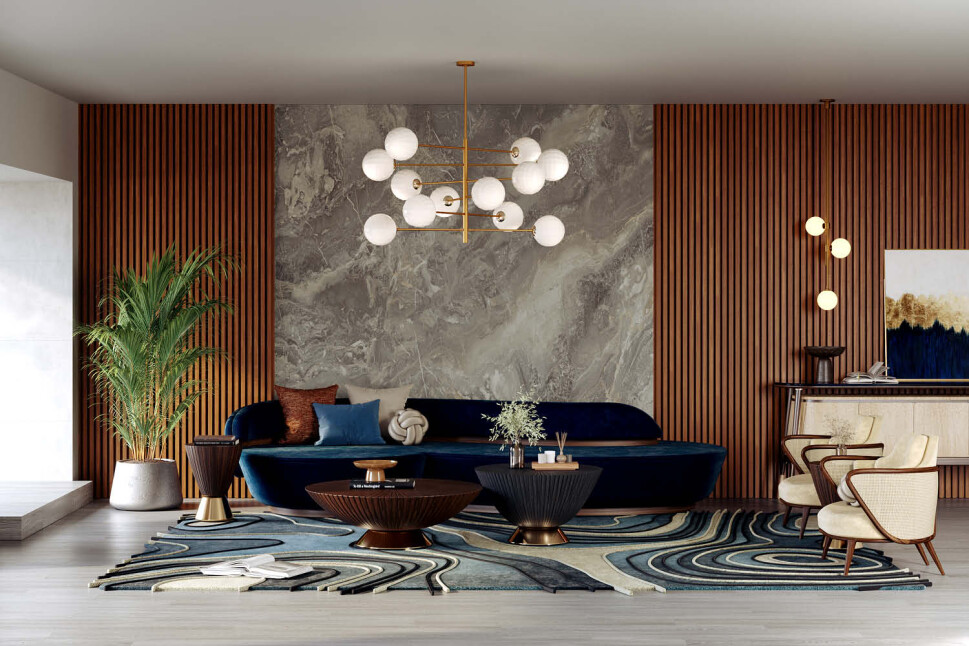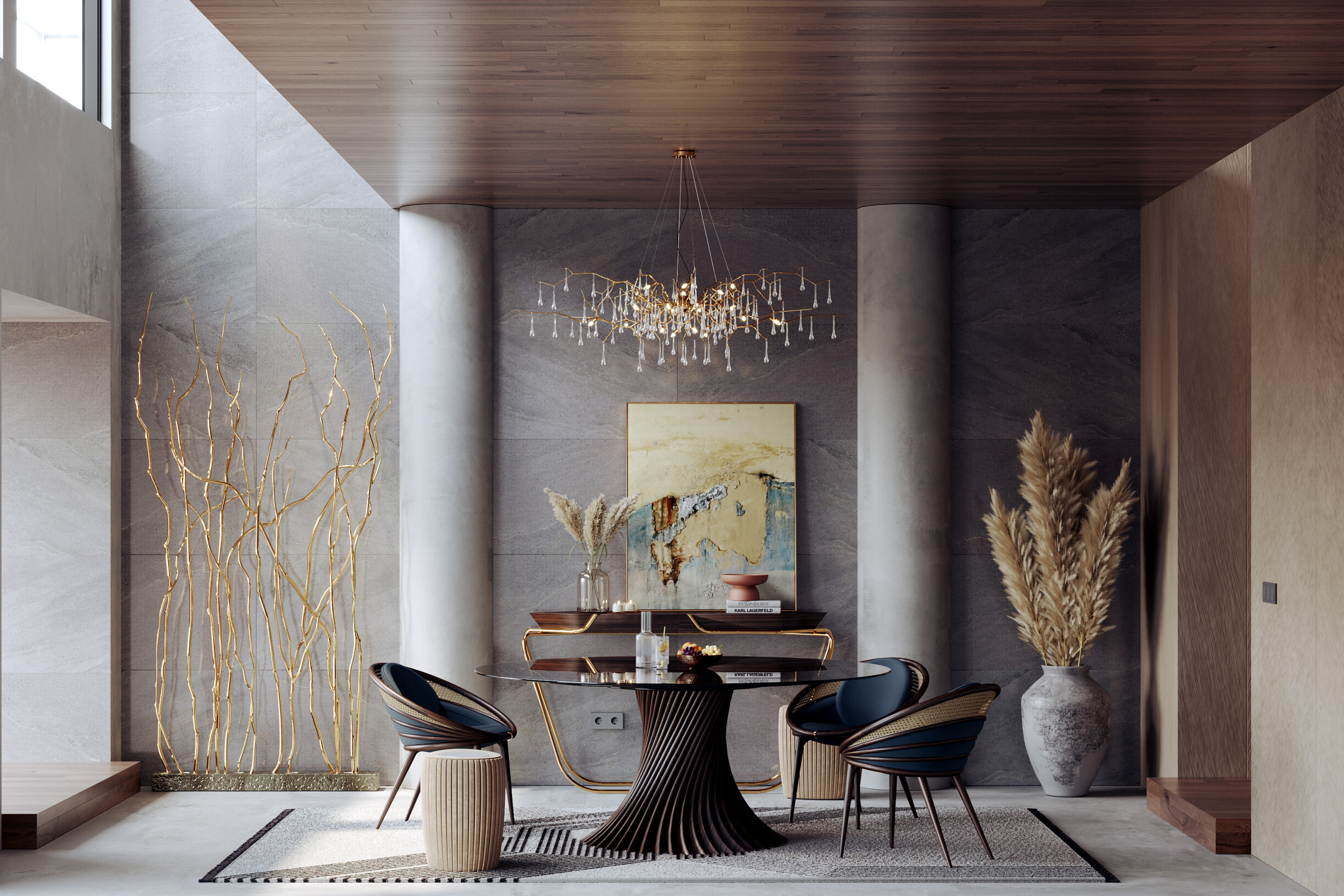Introduction to Palestinian Traditional Interior Design
Palestinian traditional interior design reflects a rich history influenced by various cultures and eras .
It encompasses elements that date back centuries , showcasing the craftsmanship of artisans who incorporated local resources into their work .
Traditional designs often feature intricate woodwork , vibrant textiles , and handcrafted pottery that tell a story of their heritage.
Cultural Significance
The significance of these designs lies in their ability to convey cultural identity and values . Each piece is not merely decoration ; it serves as a testament to the Palestinian way of life , beliefs , and societal norms , preserving the memory of a vibrant culture amidst changing times .

Elements of Palestine Traditional Interior Design
Handcrafted Furniture
Handcrafted furniture is a cornerstone of Palestinian traditional interior design. Artisans create unique pieces using local wood , showcasing intricate carvings and designs that often reflect nature or geometric patterns .
These works not only provide functionality but also enhance the aesthetic appeal of the home, making each piece a conversation starter .
Traditional Textiles and Rugs
Textiles and rugs play a vital role in Palestinian interiors, featuring vibrant colors and intricate patterns that represent the rich cultural heritage .
Often woven by hand , these textiles are adorned with symbolic designs that celebrate Palestinian history , providing warmth and character to living spaces .

Color Palette in Palestine Traditional Interior Design
Earthy Tones
Earthy tones such as browns, greens, and terracotta are prevalent in Palestinian traditional interior design .
These colors reflect the natural landscape and create a warm, inviting atmosphere .
They are often used as base colors in walls and furnishings , providing a tranquil backdrop that allows other design elements to shine .
To complement earthy tones , vibrant accents of red , yellow , and blue are commonly incorporated .
These bright colors enhance the overall aesthetic and bring life to the interiors .
They can be found in decorative items , artwork , and textiles , adding a dynamic contrast that celebrates Palestinian culture and heritage .

Architectural Features in Palestine Traditional Interior Design
Arches and Vaulted Ceilings
Arches and vaulted ceilings are prominent features in Palestinian traditional architecture. These elements not only add an aesthetic appeal but also provide practical benefits, such as improved ventilation and natural light .
Arches create a sense of openness, while vaulted ceilings enhance the grandeur of a space, making it feel more expansive and inviting .
Intricate tile work is another hallmark of Palestinian design .
Often seen in floors and walls , these colorful tiles showcase artistic craftsmanship and cultural significance .
Their geometric patterns and vibrant colors reflect the rich heritage and artistic traditions, serving as a visual representation of Palestinian identity .

Furniture Layout and Arrangement in Palestinian Traditional Interior Design
Low Seating
Low seating is a fundamental aspect of Palestinian traditional interior design .
Typically characterized by cushions and low-slung furniture , this seating arrangement fosters intimacy and encourages conversation among guests .
The use of such furniture reflects the cultural importance of hospitality within Palestinian society . Additionally , low seating is often arranged in a way that promotes a communal atmosphere , creating a welcoming environment .
This design choice not only enhances social interactions but also adds a unique charm to the interior space .

